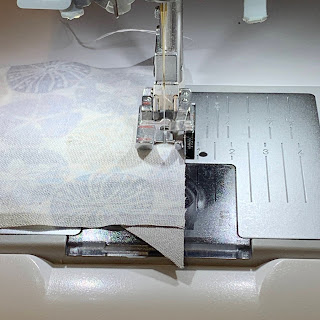As I write this post from my comfy chair, I'm looking about my great room and my eyes drift to all the handmade items in the room. The quilts, pillow, wool table toppers and stitched pictures....it just makes me smile.
Those hand made items warm up the room and make me think back to when they were made or received with a smile. Now more than ever, a simple project can spread those smiles and let someone know you were thinking of them. It's like a virtual hug!
Over the years I have taught, I shared some simple little projects. Not all projects shared were mine, so with credit was provided to the designer.
Today I thought I would re-share some of these simple projects so you too could make someone smile this year.
And when you deliver them, be safe and don't forget to "Ding and Dash"! (Thanks to Michelle Peters of Watergirl Quilt Company for this catchy delivery method!)
From December 2017 - A simple Circle Mug Rug
Whilst I had seen this design on Pinterest, the link was missing so, giving full credit to the original designer, I drafted the instructions.
Download your copy of the instructions here:
From June 2016 - Raccoon Case
One of the easiest zippers to insert into a practical eyeglass case, pencil case or a case for small scissors. You'll never want to sew in a two sided zipper into a small case!
http://blogg.pinkponydesign.com/2015/10/keep-your-sunglasses-safe-raccoon-case.html
From April 2016 - Quilt Block Design Board
We all have done it, laid out a block on our cutting mat and in the process of carrying it to our sewing machine, we flipped a piece, sewed a seam on the wrong side or....
Lori Holt had a solution for this in her Quilt Block Design Board
https://www.youtube.com/watch?v=uO-fosn6Yfs













































